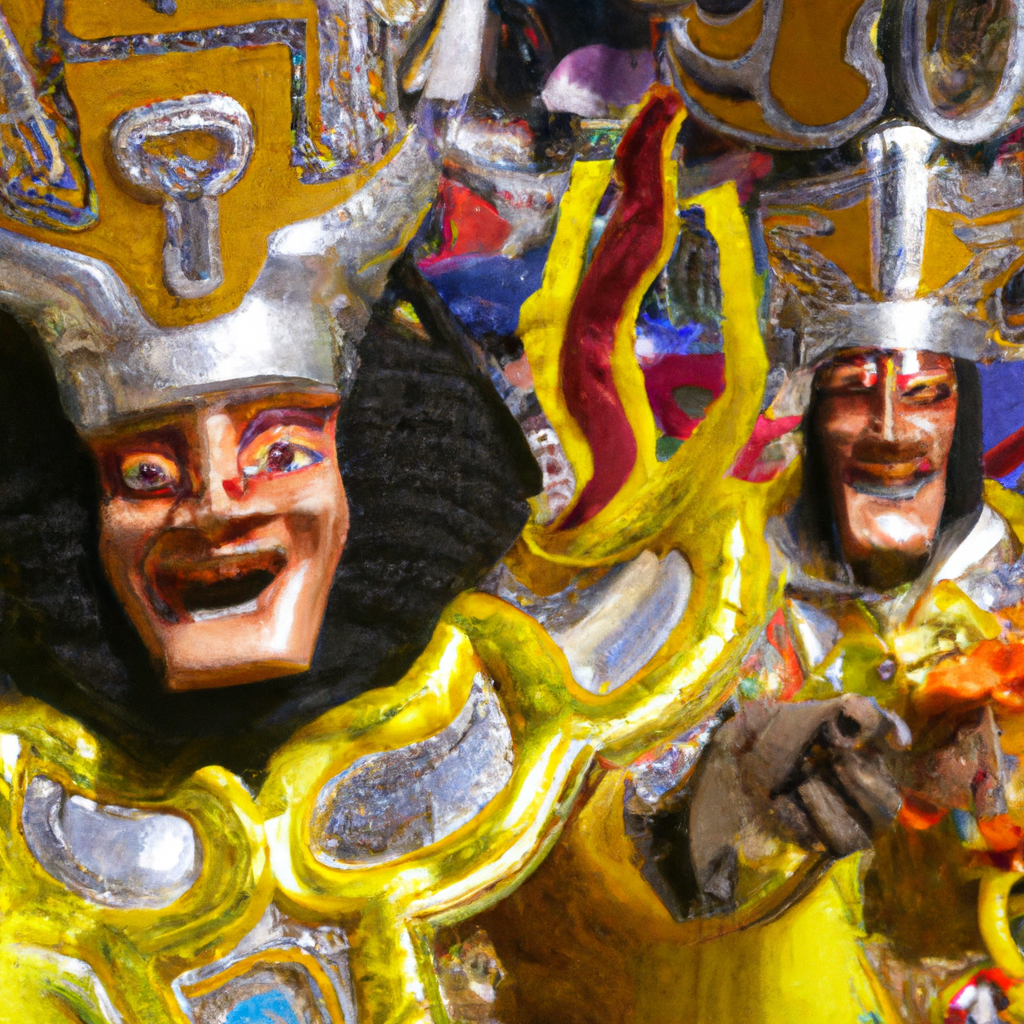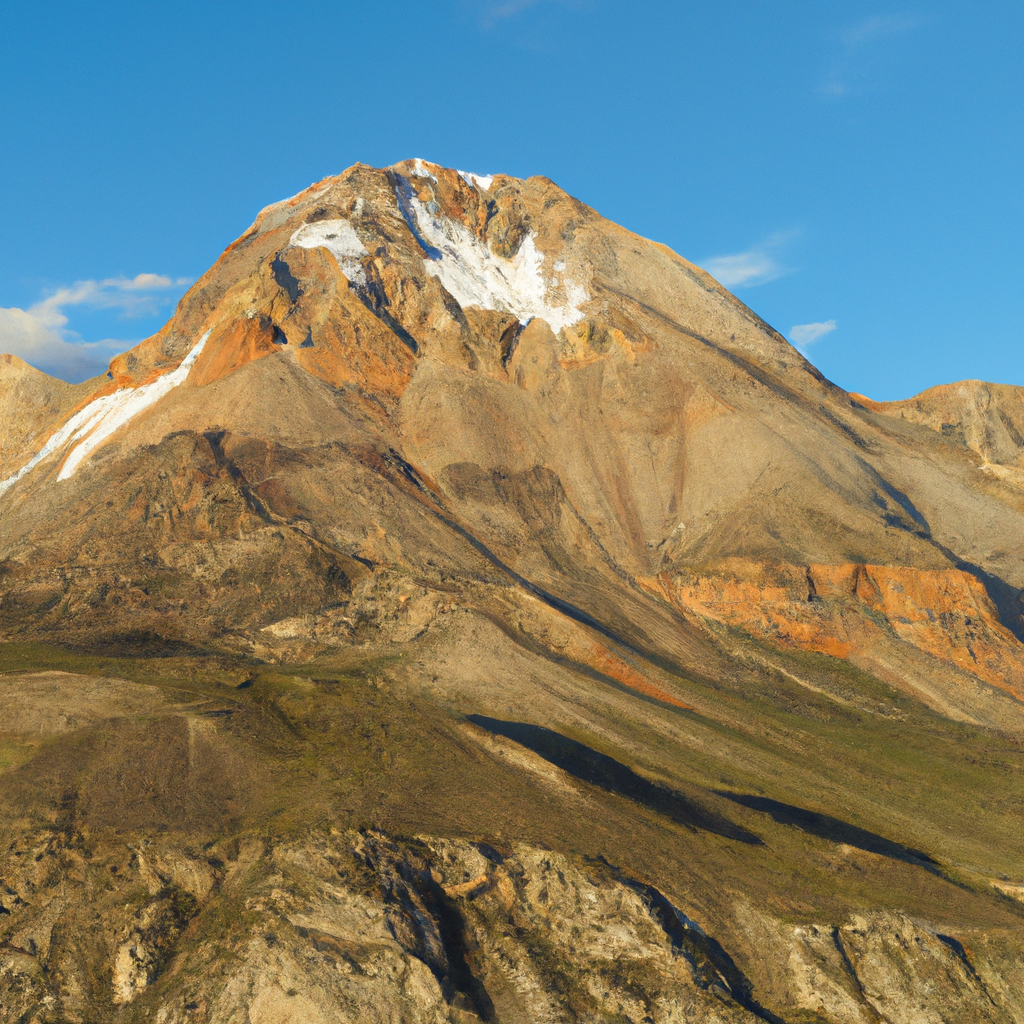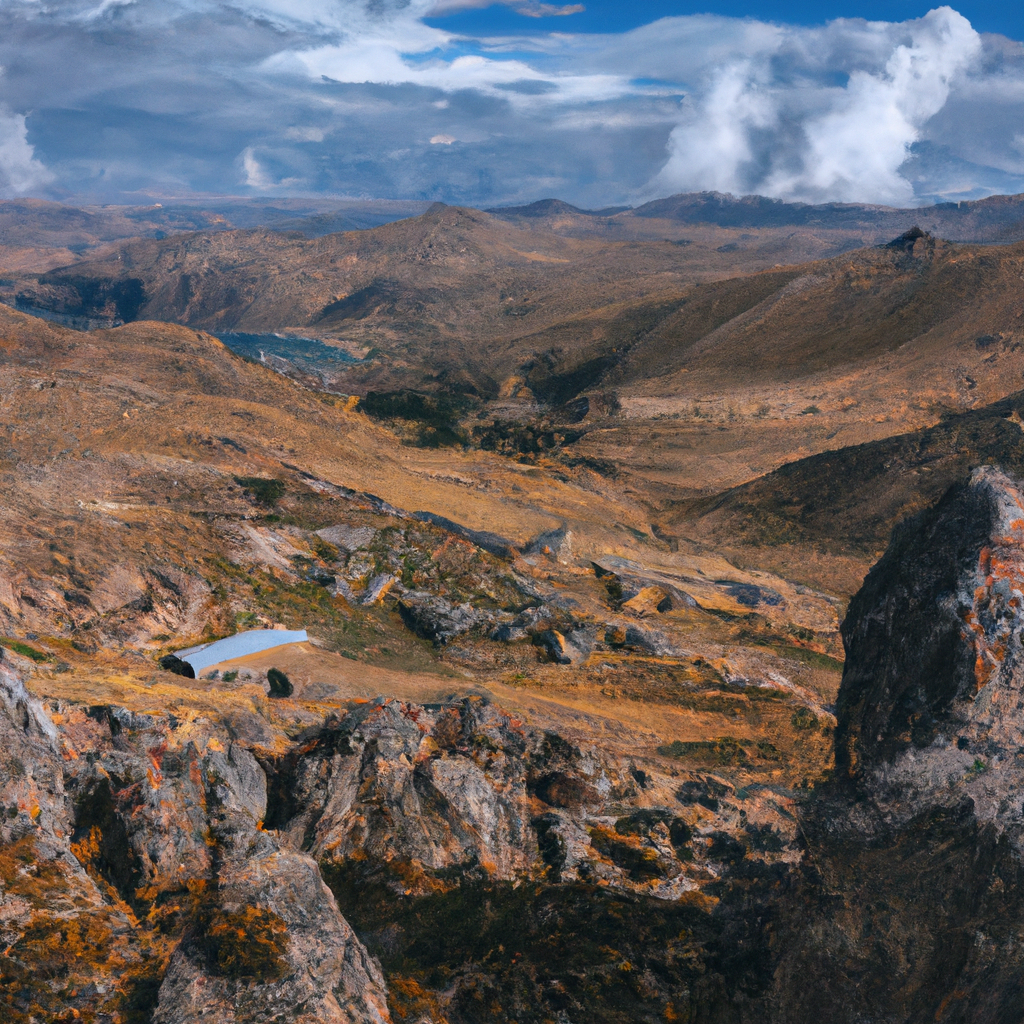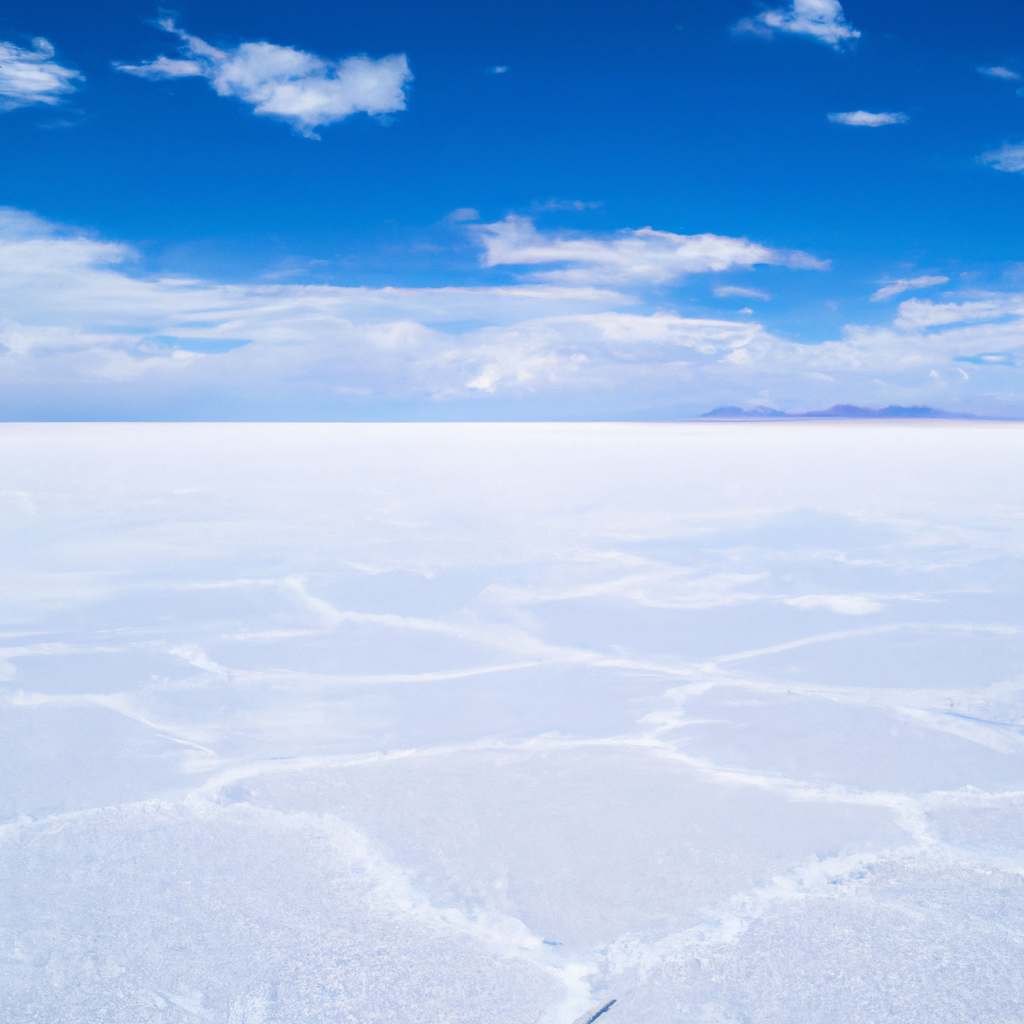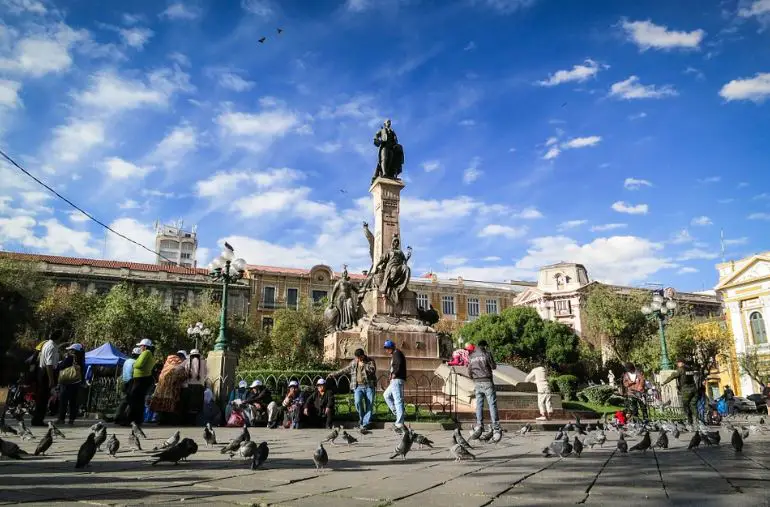Oruro Carnival In Bolivia: Overview,Prominent Features,History,Interesting facts
Overview:
The Oruro Carnival is a traditional festival and religious celebration held every year in Oruro, Bolivia. It is a vibrant and colorful pre-Lenten celebration featuring traditional Bolivian dance and musical genres such as the tinku, diablada and morenada. The festivities span several days with large processions of elaborately costumed dancers performing street dances accompanied by various brass and string bands. The climax of the event is La Diablada, a sort of duel between Satan and "Angels" that ends with the triumph of the latter. Since 2001, the Oruro Carnival has been recognized by UNESCO as one of the Masterpieces of the Oral and Intangible Heritage of Humanity. You can learn history, culture, and heritage through these magnificent monuments in Bolivia
Prominent Features:
1. Traditional Costumes: The Oruro Carnival, locally known as "The Devil's Party” is renowned for its various traditional costumes. Visitors can expect to see elaborately decorated masks, colorful clothes, traditional weapons, and native jewelry. 2. Music and Parades: Music plays a significant role in the festivities of the Oruro Carnival-from brass bands to local folkloric music to modern songs. Additionally, many of the towns of Oruro participate in parades and processions that make their way to the local Plaza 10 de Febrero. 3. Masked Dance Rituals: Such traditions are part of the ritual of the Oruro Carnival, in which a few thousand mask dancers perform the “morenada” dance, invoking old customs and pagan rituals. 4. Folkloric Dance Groups: Other folkloric dances like the tinku, the Llamerada, and the kullawada are part of the colorful spectacles of the carnival. 5. Religious Overtones: Much of the Carnival has strong religious overtones, with many belief-based themes incorporated into the festivities. For example, the traditional parades of carnival have many depictions of traditional Christian icons and characters from the Bible. 6. Party Atmosphere: Despite the religious aspects, the Oruro Carnival is known for its vibrant atmosphere. Crowds fill the streets of the city to dance, drink, and watch the spectacle. This national monument of Bolivia portrays the history and culture of the country.
History:
The Oruro Carnival is a religious and cultural festival that has taken place for centuries in the city of Oruro, Bolivia. It is a combination of pre-Columbian indigenous rites and Spanish folklore and has been declared as one of UNESCO’s Masterpieces of the Oral and Intangible Heritage of Humanity. The festival has its origin in a ritual to the ancient Andean god Uru Uru (whose name gave the city of Oruro its name) to ask for his protection and fertility, and is celebrated annually on the week before Lent. Initially celebrated by the native Aymara people, the celebration was adopted by the Spanish in the 18th century and turned into a mixture of Christianity and paganism. During this time, the festival became known for its colorful masks, costumes and lively music and dancing. This tradition continues today with a variety of floats, costumes, and dances that represent different aspects of culture from the different folkloric cities in Bolivia. In the 21st century, Oruro Carnival is one of the most popular and important festivals in Bolivia and in South America. It is known for its incredible festival floats, masks, and costumes, as well as the passionate music and dance performances. Each year the celebration brings together more than 150,000 people from all corners of the country and abroad, making it an important tourist attraction. You must visit one of these historical places in Bolivia on your Bolivia tour
Interesting facts:
1. Oruro Carnival is a celebration of both tradition and culture in Bolivia. 2. It is celebrated in the city of Oruro, which is located in the Potosi mountain valley in southern Bolivia. 3. This Carnival consists of up to 10 to 15 days of processions, live music and dancing. 4. More than 10,000 folkloric dancers and about 200 music bands filled with brass and traditional instruments perform on the streets of Oruro, creating a one-of-a kind atmosphere. 5. The celebration of the Carnival is considered of enormous historic, artist and cultural value, and has been declared an Intangible Heritage of Humanity by UNESCO. 6. During the final day of the Carnival, the Virgin of the Socavon is carried on the shoulders of a hundred dancers in a procession of more than 6-7 hours. 7. The celebrations are ended with the Lord Of The Mines, a two-meter figure that represents the pre-colonial indigenous gods, brought to the celebrations by the miners of Cerro Rico de Potosi, to ask for protection during the year’s work. 8. Oruro Carnival has been celebrated since the 18th century, and it is celebrated annually in the weeks leading up to Easter Sunday. Visit one of the famous monuments of Bolivia with your friends and family.
Explore Bolivia most popular tourist destination with us. Oruro Carnival In Bolivia: Overview,Prominent Features,History,Interesting facts,which is 35.14 km away from Bolivia main town, is the most popular destination to add in your travel wishlist.
-
City:
Bolivia
-
state:
Oruro
-
country:
Bolivia
-
country code:
BO
-
postcode:
.591
Location:
Oruro Bolivia
